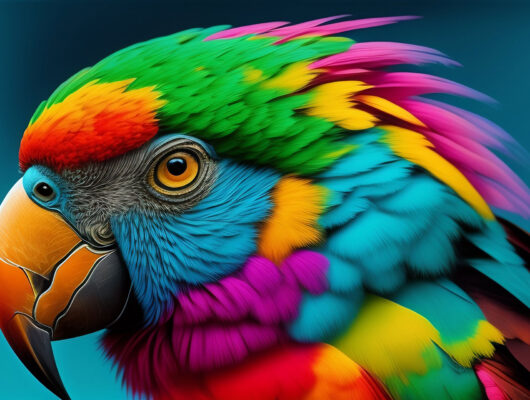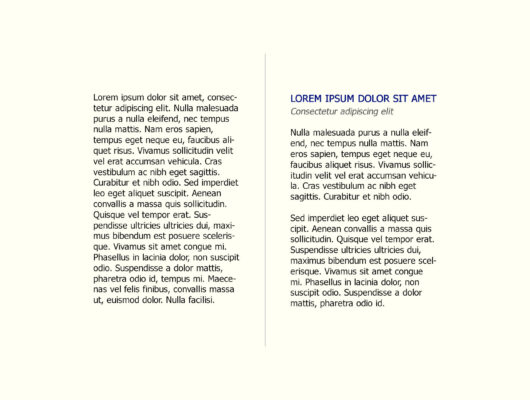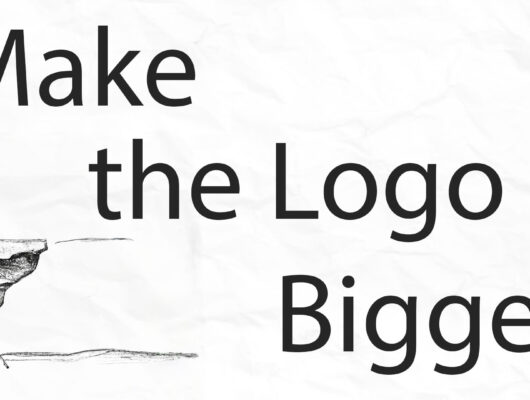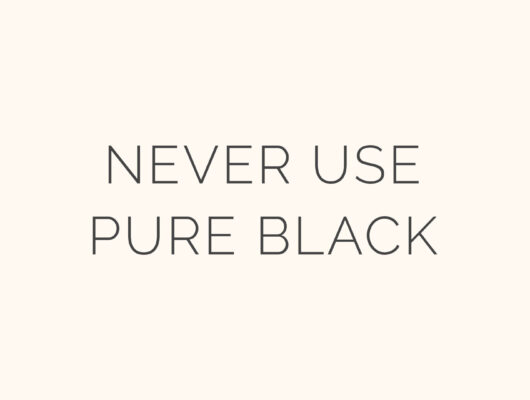UI (User Interface) and UX (User Experience) are closely related, but they have different roles in the design and development of a product.
What is UX
User Experience is referred to as UX. It speaks about a user’s total experience with a given good, system, or service. This covers a product’s look, feel, and interactivity as well as the feelings and attitudes a user may have while utilising it. By taking into account users’ needs, goals, and behaviours, UX design aims to produce a satisfying and effective user experience.
What is UI
User interface is referred to as UI. It refers to a product’s interaction and visual components, including buttons, icons, layout, and typography. It is the location where the user and the product engage. User interface (UI) design is concerned with how a product looks and feels as well as how simple it is for people to use its many functions. Intuitive and aesthetically beautiful interfaces that make it simple for users to complete activities are the aim of UI design. It is a subset of UX, which covers usability, accessibility, and branding in addition to the entire user experience, which includes UI design.
What’s the Difference Between UI and UX
A product’s visual and interactive elements, such as buttons, icons, layout, and typography, are referred to as its user interface (UI) design. It is the location where the user and the product engage. UI designers focus on how a product looks and feels as well as how simple it is for customers to use the various features and traverse the interface. Intuitive and aesthetically beautiful interfaces that make it simple for users to complete activities are the aim of UI design.
On the other side, user experience (UX) design refers to a person’s entire impression of a certain product, system, or service. It considers a product’s layout, interface, and design as well as the attitudes and feelings that a user may have while using it. To better meet the needs, objectives, and behaviours of users, UX designers do user research, testing, and analysis. They then utilise this knowledge to build products that meet those needs. The purpose of UX design is to give users a pleasant and effective experience.
In summary, UI is the look and feel, the presentation and interactivity of an application, while UX is the overall feel, the experience and the satisfaction of the user when using the application.
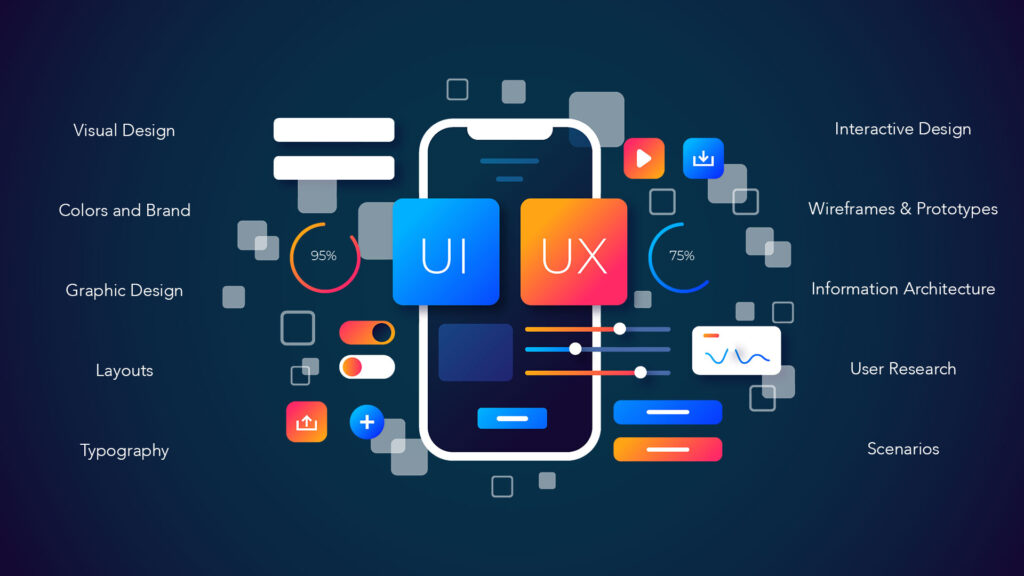
Which is Better UI or UX
Since both UI and UX are significant elements of product design and development, it is not a question of which is “better.” User interface and user experience are complementary and essential for producing successful products.
The focus of UI design is on a product’s visual and interactive components, such as buttons, icons, layout, and typography. It is the location where the user and the product engage. UI designers put a lot of effort into making an interface that is simple to use and appealing to the eye.
UX design, on the other hand, is the overall experience of a person using a particular product, system or service. It takes into account the design, layout, and interactivity of a product, as well as the emotions and attitudes that a person has while using it. UX designers conduct user research, testing, and analysis to understand the needs, goals, and behaviors of users, and use this information to design products that meet those needs.
Both UI and UX are important and together make the product complete. A great UI without good UX may look and function well, but it could fail to meet the needs of the users. Similarly, a well-designed UX without proper UI may have a great strategy and flow, but it will be difficult for users to interact with the product. A perfect balance of both UI and UX is essential for the success of a product.
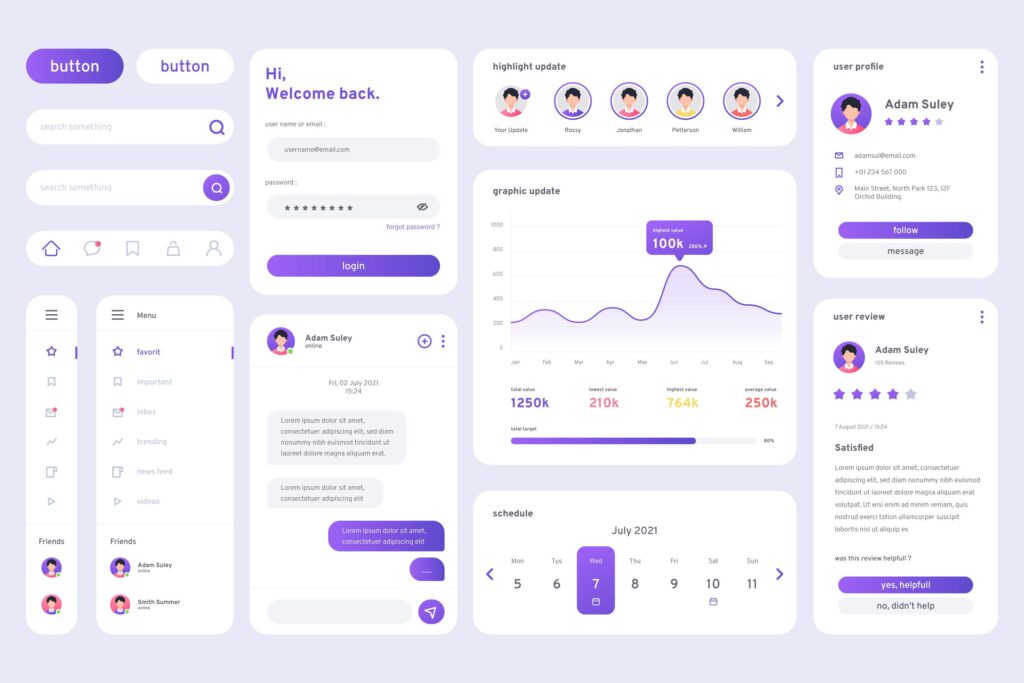
A Beginner’s Guide for UI and UX
A Beginner’s Guide for UI and UX would typically cover the following topics:
- Introduction to UI and UX: A brief overview of what UI and UX design is, and the role they play in the design and development of products.
- UI Design: An in-depth look at the elements of UI design, such as layout, typography, color, and visual hierarchy. You will learn how to create an intuitive and visually pleasing interface that makes it easy for users to accomplish their tasks.
- UX Design: An in-depth look at the principles of UX design, such as user research, user testing, and user analysis. You will learn how to understand the needs, goals, and behaviors of users and design products that meet those needs.
- UI and UX Design Process: An overview of the design process, from research and planning, to design and development, to testing and launch.
- Tools and Resources: An introduction to the tools and resources used by UI and UX designers, such as design software, prototyping tools, and user research tools.
- Case studies: Real-world examples of successful UI and UX design to give you a better understanding of how to apply the principles in practice.
- Future developments: A look at the future developments in the field of UI and UX design, such as new technologies, design trends, and best practices.
It’s important to note that UI and UX design are constantly evolving fields, so it’s important to keep learning and stay updated with the latest tools, techniques, and best practices.



